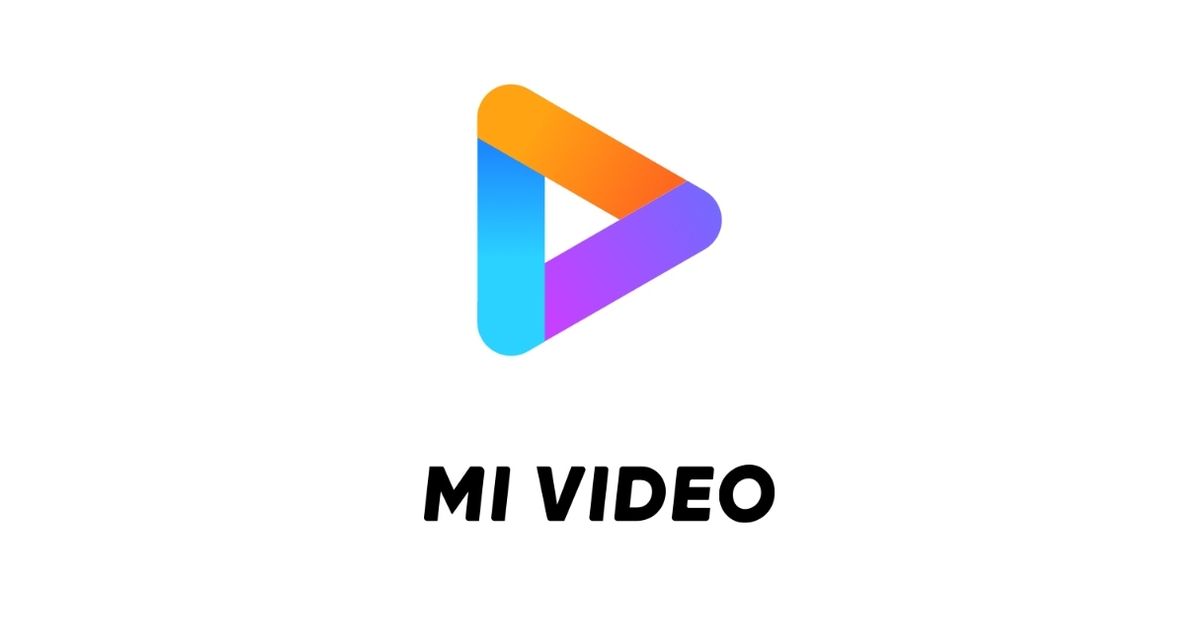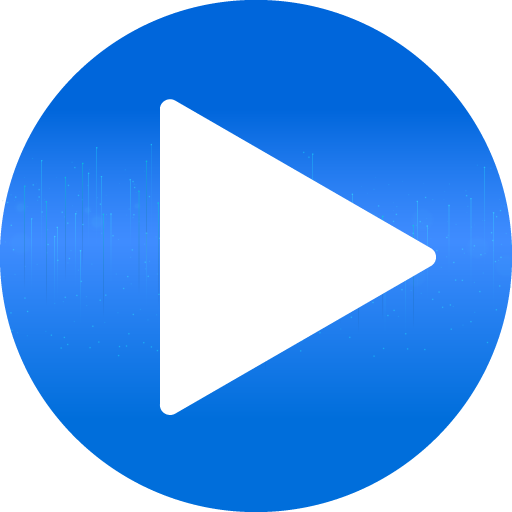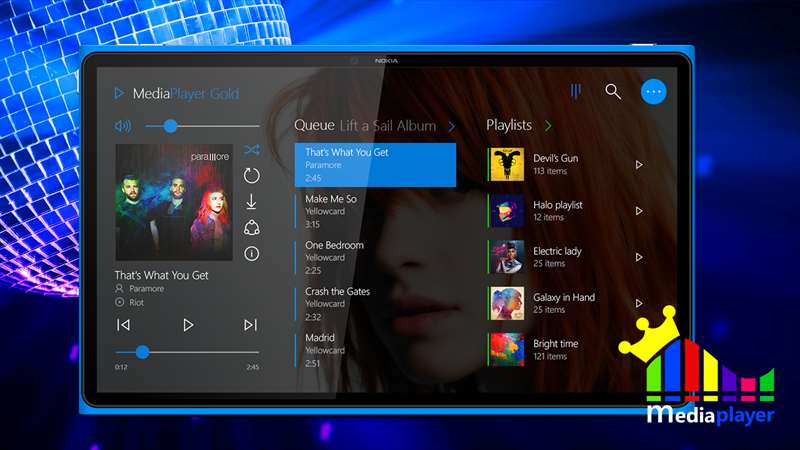

Stopped State: MediaPlayer is in this state when media stops playing.Paused State: When you pause the media, MediaPlayer is in this state.While the music or video plays, MediaPlayer is in a started state. Started State: Once MediaPlayer is ready, you can play the media by calling start().Once prepared, it reaches this state and calls onPreparedListener(). Prepared State: Before you play any media from a file or a URL, you need to prepare your MediaPlayer by calling either prepare() or prepareAsync().Be aware that you can only set a data source when MediaPlayer is in an idle state or it’ll throw an IllegalStateException. To set a one, use setDataSource() method. Initialized State: MediaPlayer reaches this state when you set a data source.However, you can catch the error using MediaPlayer’s onErrorListener.onError() callback.

PLAYBACK MEDIA PLAYER APP DOWNLOAD ANDROID
MediaPlayer is a part of the Android multimedia framework that plays audio or video from the resource directory and gallery. You don’t want the user’s device to fall asleep and lock while they’re watching a video on your app, do you? Setting this flag ensures your screen stays on, while the app is in use. Notice this line inside onCreate() which adds a flag window.addFlags(_KEEP_SCREEN_ON). You’ll understand these implementations once you start working on the functionality.Īlso, to keep your app from falling asleep, you’ll need to keep your screen on. The class implements a few interface classes to manage MediaPlayer and seekBar callbacks. VideoActivity.kt: This might look a bit overwhelming, but if you skim through and read the comments, you’ll find it quite simple.An ImageButton to play and pause a video.Two TextViews and a SeekBar to show progress.A ProgressBar to shows the user it’s loading a video.activity_video.xml: This is the one and only layout file in the project.In this tutorial, you’ll play a video from a URL, so you’ll need the INTERNET permission. AndroidManifest.xml: At the top of the manifest file you’ll find.

Navigate to these three files and check out their contents: Understanding the codeīefore the hands-on part of this tutorial, take some time to understand the codebase you’ll build on. You’ll implement the functionality throughout this tutorial. The app isn’t interactive yet because the starter project only consists of UI and some basic code. Extract and open the starter project in Android Studio.īuild and run.
PLAYBACK MEDIA PLAYER APP DOWNLOAD DOWNLOAD
If you’re a beginner, check out our Android: Beginners tutorial first.ĭownload the materials using the Download Materials button at the top or the bottom of this page. Note: This tutorial assumes you’re familiar with Kotlin and Android development.


 0 kommentar(er)
0 kommentar(er)
